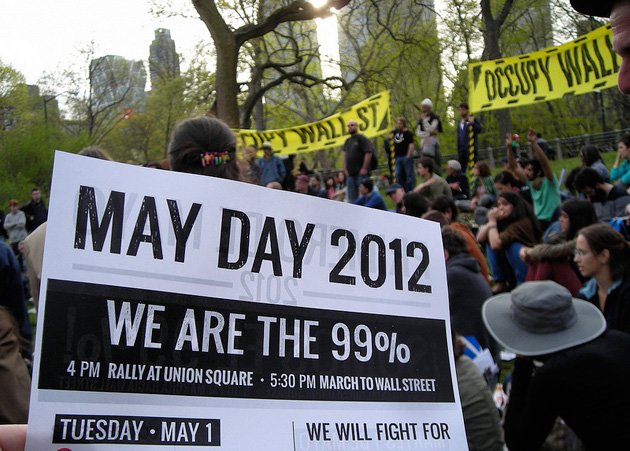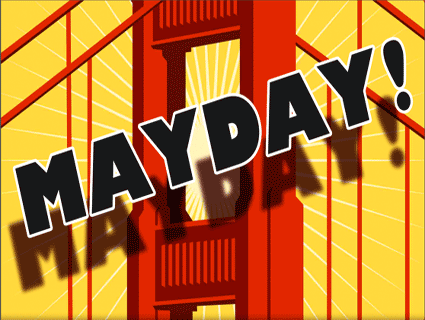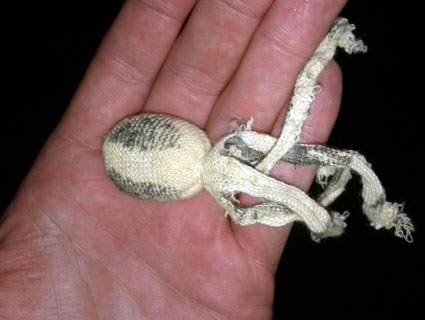
Scott Olsen visits the site of the Occupy Oakland protest in downtown Oakland on November 27, 2011. The Iraq War veteran and Occupy activist suffered a head injury after being hit with a police projectile in Oakland in October 2011.Martin Klimek/Zuma
As protesters from Occupy Oakland marched through Downtown Oakland, picketing from bank to bank as Wells Fargo preemptively shut its doors and cops in riot helmets stood by for trouble, I ran into Iraq veteran Scott Olsen. As you might recall, he’s the former Marine who suffered a serious brain injury last October, when Oakland Police fired a beanbag projectile into the Occupy crowd, striking him in the head at close range.
It was two and a half weeks before Olsen could speak at all, and about a month “before I was comfortable speaking,” he told me. “It took a while.” Olsen, who is in his mid-twenties, is now out of formal therapy and has been focusing on activities involving Iraq Veterans Against The War. In the meantime, he is filing a claim against the City of Oakland, which is “already playing games,” he says. “The police department is blatantly at fault.” He is optimistic, he adds, because “I have the support of the people.”
So, is he okay? “I’m not alright,” he replies. “I’m good enough to do stuff like this.”
He explains that still has PTSD from Iraq, and still has a brain injury from the OPD incident. But he wasn’t about to miss the May Day action. “I think today is going to be a real testing day for Occupy,” he says. “I don’t think people have given up on it. They’re afraid to come out for several reasons.” Namely, the police presence. Olsen says he’s been seeing fewer and fewer children on marches since start of Occupy Oakland. But, he adds “I think we’re emulating the society we want to create, and I think that’s the main element of Occupy.”
Click here for our on-the-ground coverage of May Day protests on both coasts.















